Overview
I work with so many different colleagues that this page will always be incomplete and therefore under perpetual construction. Please enjoy the partial list I have compiled below, including photos I have taken of my collaborators in action.
Collaborators @ ELSI
 |
Hidenori GendaHidenori is an expert on a wide range of topics in planet formation, including giant impacts and delivery of volatiles to planets. One of his recent discoveries was to show that giant impacts are occurring around other young stars, suggesting an important role for such events in forging planets throughout the universe. We are currently collaborating on a project to connect accretion history, magma ocean evolution with a steam atmosphere, and internal segregation of a planet during its formation. Manuscripts authored together:
|
|---|
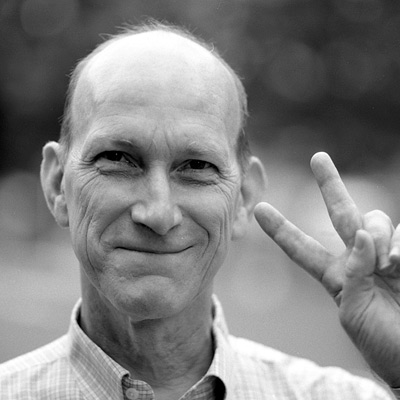 |
George HelffrichGeorge is a big picture geophysicist who uses a combination of seismology, thermodynamics, and classical geology to elucidate the mysteries of Earth's deep past and deep interior. Most recently George has been revealing fine layering at the top of the liquid outer core and constructing thermodynamical models for precipitation of SiO2 from the core. Manuscripts authored together:
|
|---|
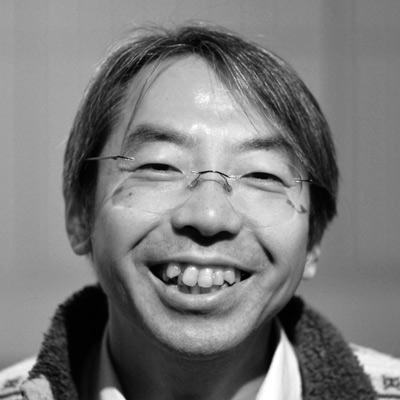 |
Kei HiroseKei is a big picture geologist who uses high pressure-high temperature experiments to understand the structure, composition, and evolution of Earth's interior. Kei's lab became famous in 2004 for the discovery of a MgSiO3 post-perovskite phase that becomes stable in Earth's deepest mantle. Manuscripts authored together:
|
|---|
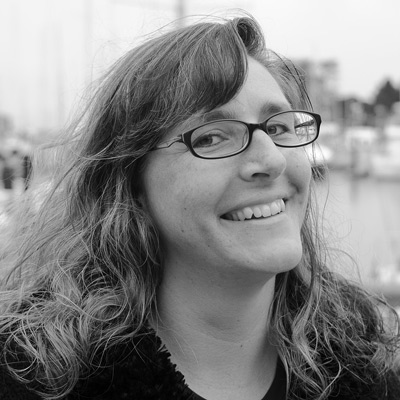 |
Christine HouserChristine's current interest is understanding how Earth's present day interior structure reflects our planet's formation and deep time evolution. She is an expert in analysis of vibrations in the Earth recorded at seismographs. Using this data, she produces 3D maps of variations in properties inside the Earth, much like a CT-scan in medical imaging. She uses data from mineral sciences to interpret the results in terms of variations in temperature, composition, and different phases of matter deep beneath our feet. Manuscripts authored together:
|
|---|
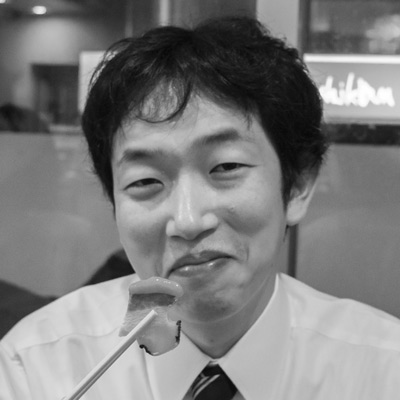 |
Hiroki IchikawaHiroki creates novel numerical models of fluid flow to understand physical and chemical processes in planetary interiors. He has broad experience in computing, ranging from fluid models to ab initio calculations that simulate individual atoms. We are currently collaborating on two projects: (1) An attempt to better understand the temperatures that prevailed when Earth's core was forged and (2) an ambitious computational effort to better understand the long-term deformation behavior of rocks that controls the evolution of Earth. Manuscripts authored together:
|
|---|
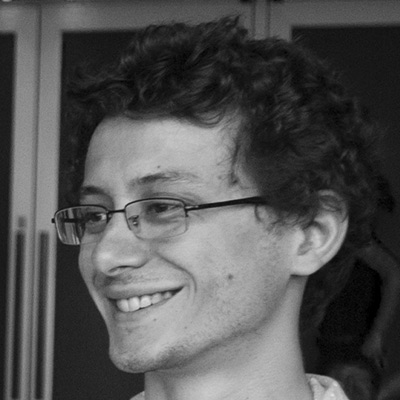 |
Matthieu LaneuvilleMatthieu studies the coupled evolution of planetary systems as intimately connected networks. We are currently collaborating on a project to understand the evolution of magmas at the bottom of the mantle in the early Earth. Usually we assume that magmas are well-mixed and uniform in composition, however, Matthieu is considering whether heavier (iron-rich) magma could have formed and evolved beneath lighter magma. The scenario allows for higher temperatures to be locked into Earth's core after formation, which may be used as an energy source to help generate the geomagnetic field in ancient times. Manuscripts authored together:
|
|---|
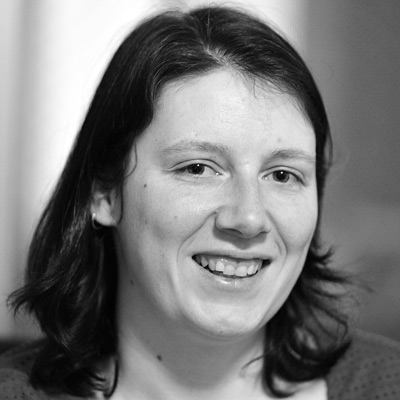 |
Marine LasbleisMarine models the evolution of the solid inner core as it crystallizes from the liquid outer core. Since this process records the slow cooling of Earth's core since formation, and is also coupled to generation of the geomagnetic field, it is intimately connected with Earth's long-term thermal and magnetic evolution. This process is also analogous to a very slow crystallization of a magma ocean, providing a window into processes in the early Earth. In particular, the inner core freezing problem should be very similar to the protracted crystallization of a basal magma ocean. Manuscripts authored together:
|
|---|
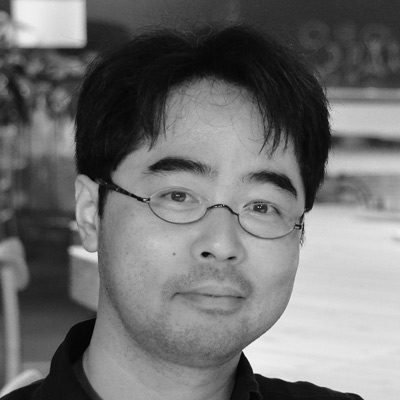 |
Takayuki SaitohTakayuki is an expert in the design and implementation of massively parallel smooth particle hydrodynamics (SPH) codes. His codes have been used to model collisions of celestial bodies over vast scales ranging from planets to galaxies. He has been working to develop a new version of the code which is able to simulate sluggish convection in the rocky part of planets. We plan to employ this tool as a means of bridging planet formation and evolution, in addition to using the flow solver to study grain-scale dynamics of deformation in rocks. Manuscripts authored together:
|
|---|
ELSI Alumni
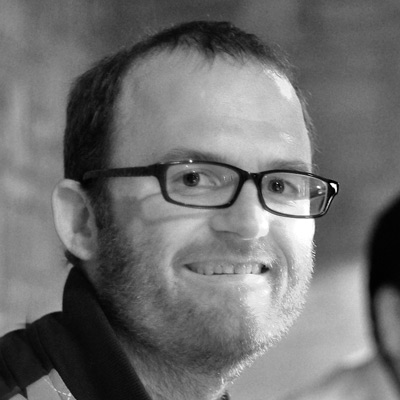 |
Maxim BallmerCurrently Ober-Assistent at ETH-ZurichMaxim uses computer models of rock deformation and flow inside the Earth to understand how such mantle convection currents shape the structure and evolution of our planet. His work has focused particular attention on the role than melting and composition variations play in both the small and large scale dynamics of the Earth's mantle. Manuscripts authored together:
|
|---|
Global Collaborators
 |
Razvan CaracasEcole Normale Superieure de LyonRazvan and I have been working together and discussing numerous projects in recent years. Our most productive collaboration involved a broadly inter-disciplinary study of the electrical conductivity of the Earth's core, which we related to the Earth's thermal evolution and initial core temperature. Manuscripts authored together:
|
|---|
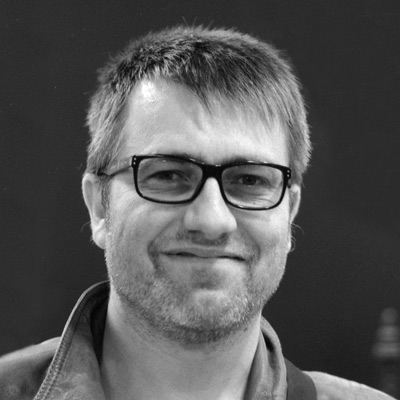 |
Stéphane LabrosseEcole Normale Superieure de LyonStéphane and I have been collaborating in one form or another for more than 15 years. Manuscripts authored together:
|
|---|
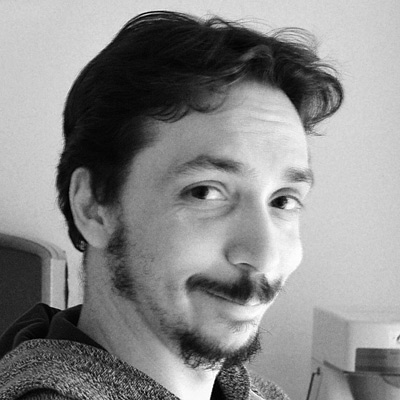 |
Guillaume MorardInstitut de minéralogie, de physique des matériaux et de cosmochimie, ParisGuillaume is a fearless high pressure experimentalist who is tackling the most challenging problems in the field of mineral physics. He is a frequent visitor and collaborator at ELSI, and he works on development of frontier techniques such as X-ray characterization of liquids at conditions of Earth's deep interior, among others. He was a key participant in a recent project in which we determined that SiO2 may crystallize from the Earth's core. Manuscripts authored together:
|
|---|
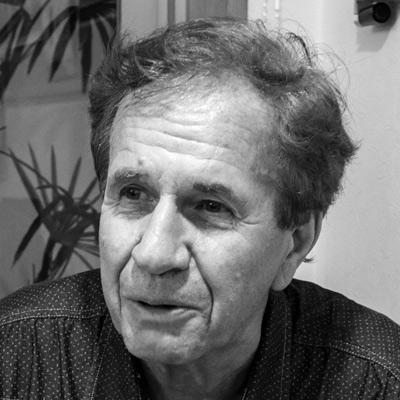 |
David RubieBayerisches Geoinstitut, University of Bayreuth, GermanyDave continues to pursue an ambitious research agenda to bridge models of Earth's accretion and core formation with more general planetary formation theory. For decades he has been a pioneer and one of the most productive scientists in this field. Manuscripts authored together:
|
|---|